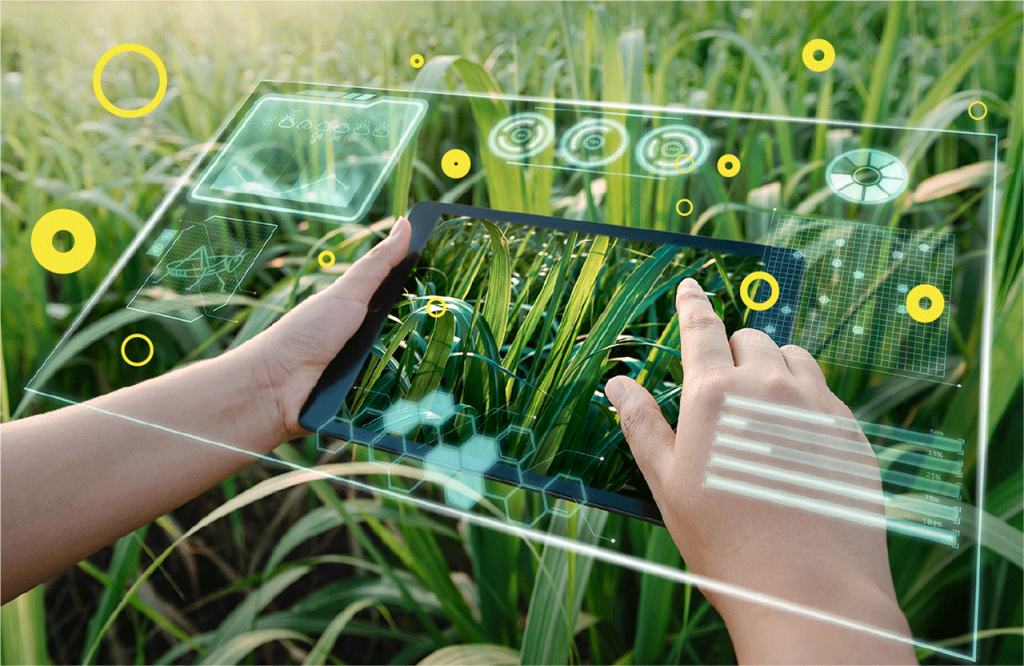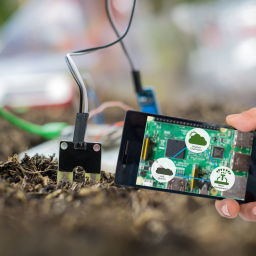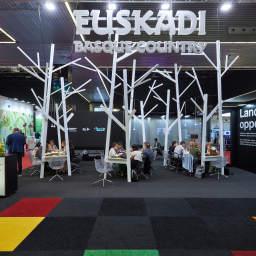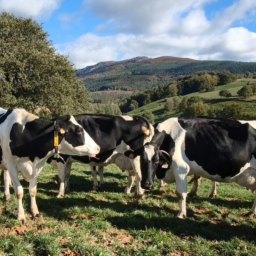NEW
Advanced technology for an efficient agro-livestock and forestry sector
30 May 2025
- At NEIKER we have been working for five years on the AGRITECH project, which seeks to promote technological transition in the agricultural, livestock and forestry sectors.
One of the main challenges facing the agricultural and forestry sector is to reconcile food production with environmental conservation. Achieving this balance requires maintaining a constant stability between productivity and sustainability, in a demanding context marked by climate change, market pressure and limited resources.
With this aim in mind, NEIKER has been working for the last five years on the AGRITECH project, a strategic initiative aimed at promoting the technological transition of the Basque agricultural, livestock and forestry sector. Through various lines of work, the aim is to develop innovative solutions that increase efficiency, reduce environmental impact and improve the quality of life in the sector.
More precise and efficient agriculture
In agriculture, one of the main focuses is on precision farming. With the support of artificial intelligence and satellite imagery, we have designed an algorithm to generate detailed maps of crop yields and fertilisation needs. This tool facilitates more efficient and localised input management.
‘Thanks to this solution, we can apply the dose of fertiliser required for each crop area, allowing us to optimise the use of fertilisers and pesticides, reducing costs and environmental impact,’ says Carlos Garbisu, scientific director of the technology centre.
In addition to this line of work, we are developing solutions for irrigation water management. We have created applications capable of calculating the necessary irrigation dose according to the type of crop, as well as estimating the time the water remains in the soil after sprinkler irrigation, thus helping to avoid harmful accumulations. In addition, we are working on an algorithm that calculates evapotranspiration, i.e. the amount of water lost by crops through evaporation and transpiration, which makes it possible to adjust irrigation doses to real water consumption and avoid excesses.
On the other hand, we are exploring new forms of production under cover. In a vertical basil cultivation module, we have achieved yields seven to ten times higher than those obtained by conventional methods, reducing water consumption by more than 90% and without using pesticides. At the same time, we analysed the energy consumption of this type of system, as well as different strategies for controlling light, humidity and temperature in greenhouses, through specific trials on the cultivation of Gernika peppers.
Digitisation of livestock management
In the livestock area, the focus is on facilitating grazing management and improving the quality of life of producers. To this end, we have validated the use of electronic collars that make it possible to establish virtual boundaries in the grazing space, eliminating the need for physical fences.
“This technology helps to effectively and flexibly organize animal movements and pastures, reducing the effort needed to control livestock,” explains the researcher.
In addition, at the center we have developed a digital model that simulates the evolution of the pasture in each plot, helping to plan its use and avoid its overexploitation. We are also testing sensors that monitor the daily activity of the cows (whether they eat, ruminate or rest), to obtain useful data to certify that they have grazed in the open air, as required by seals such as “grazing milk”.
Within this same monitoring approach, we work on dairy cattle farms to collect real-time environmental parameters, such as CO₂ and ammonia emissions. These data are integrated into predictive algorithms that allow us to evaluate the productive efficiency and environmental impact of the farm.
More protected forests
In forestry, we use hyperspectral imaging, which allows early detection of potential tree diseases by analysing physiological changes before visible symptoms appear.
We also work on digital tools that guarantee the traceability of wood from the forest to its final destination. In this way, we combine the early detection of damage with a more rigorous monitoring of the entire forestry value chain.






